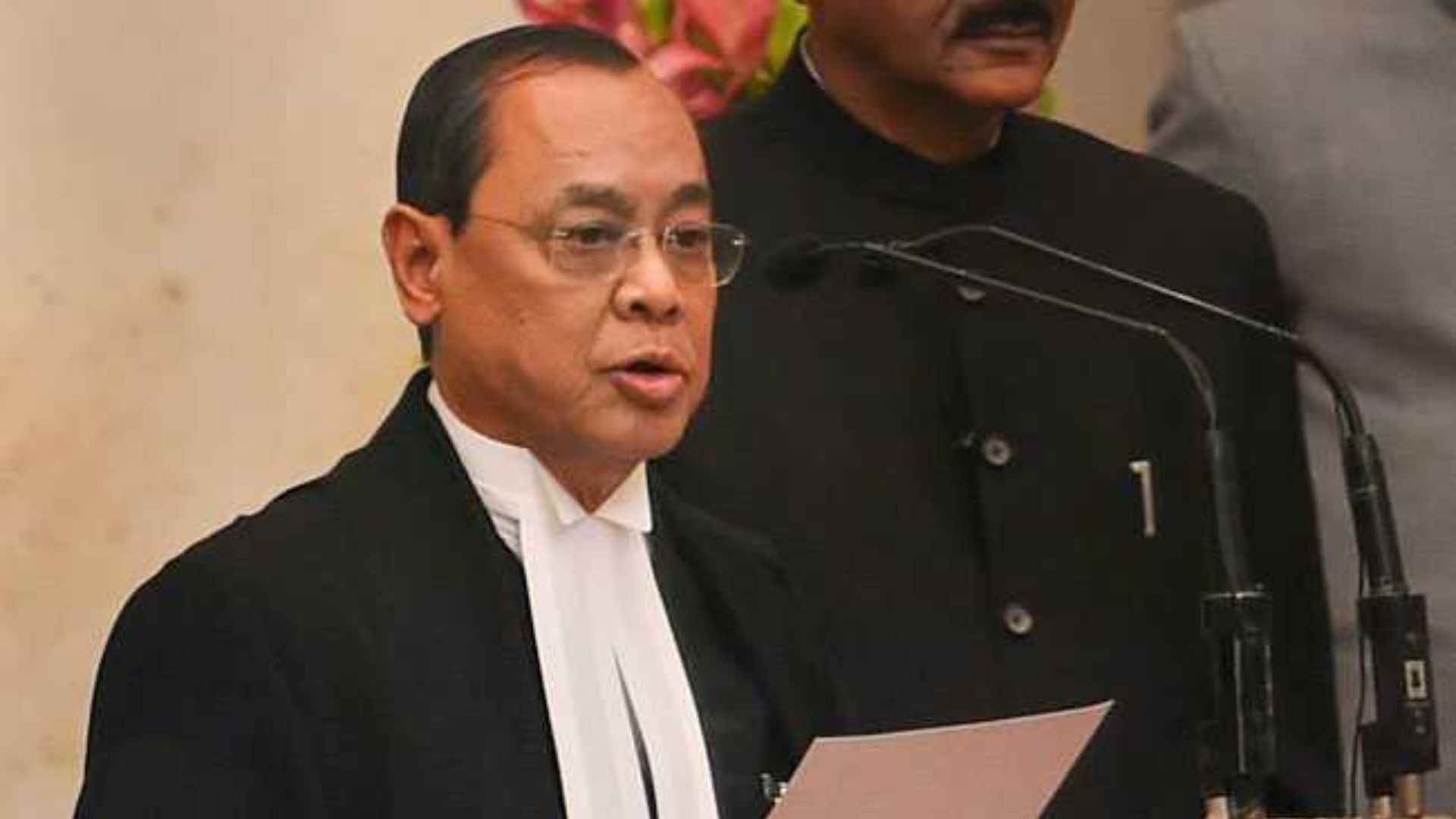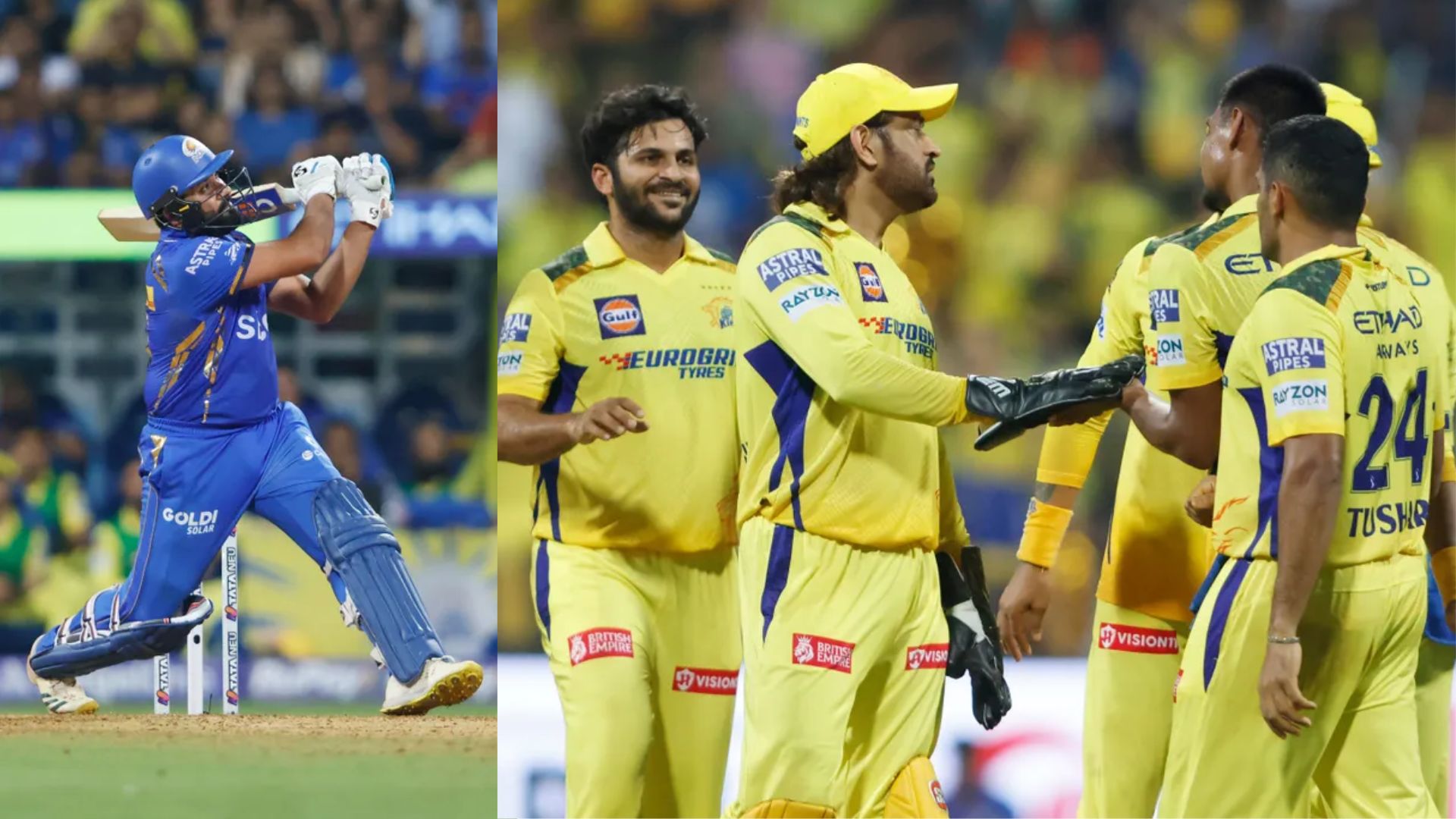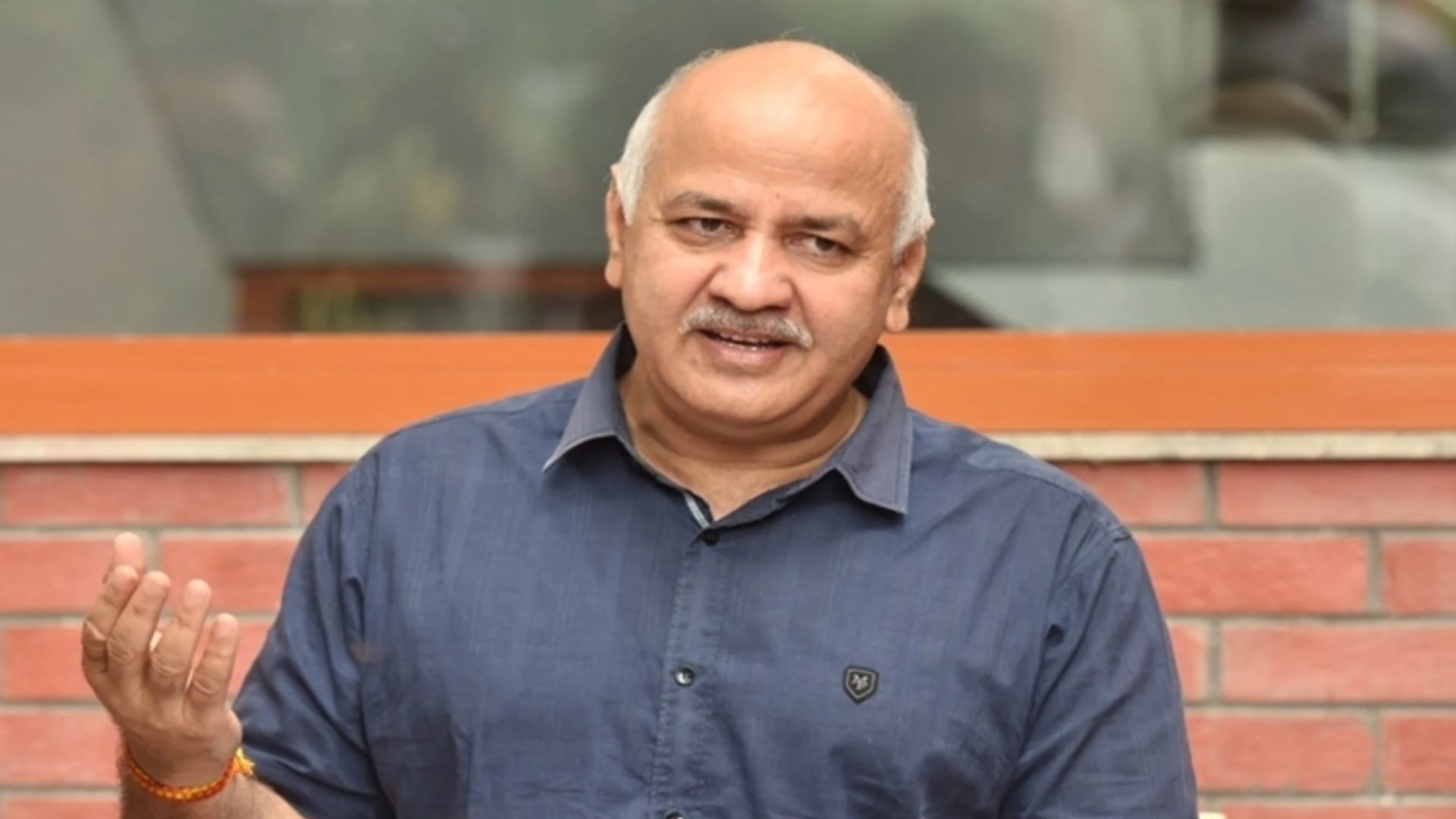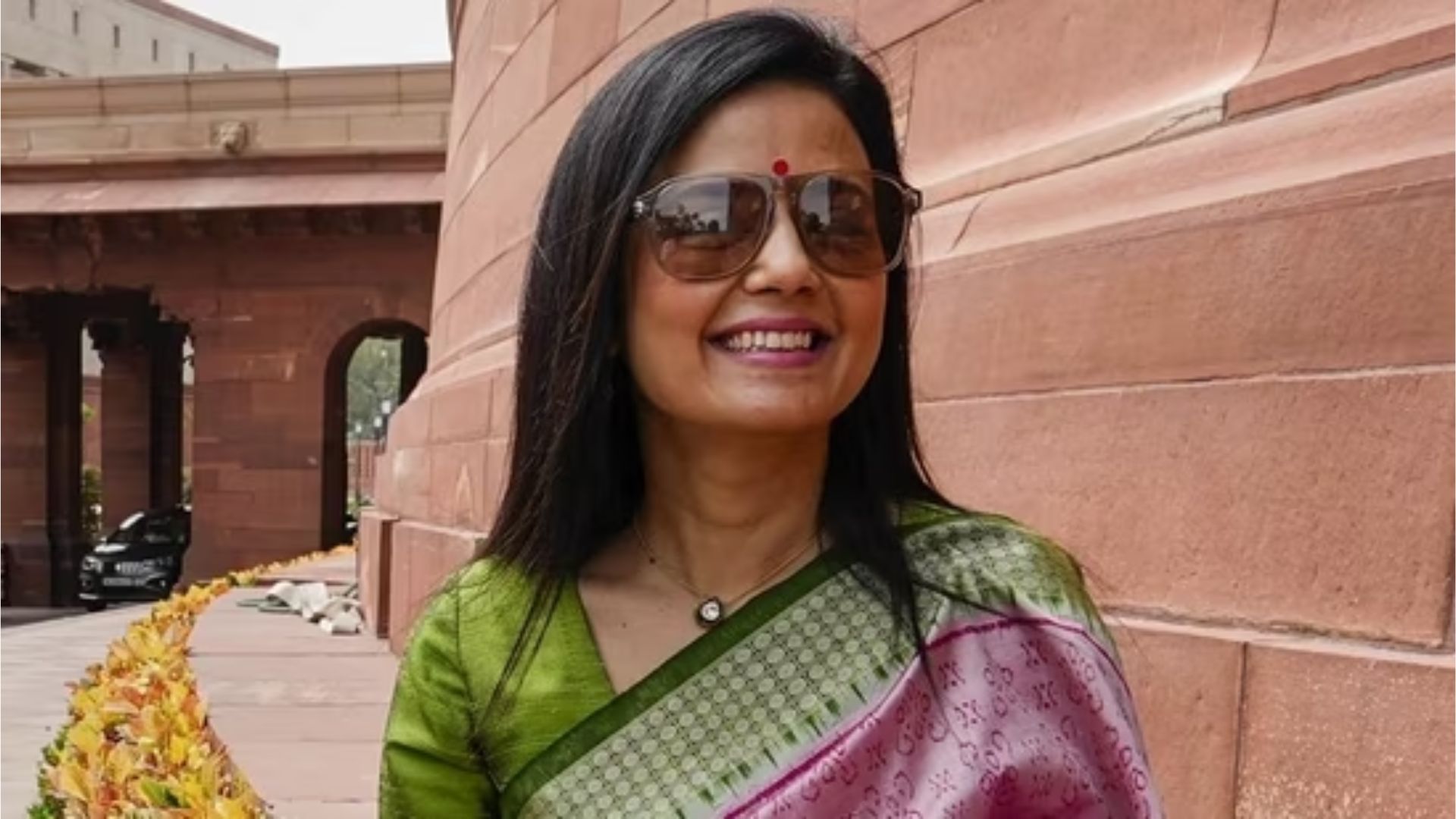In the prologue to his autobiography – Justice for the Judge – former Chief Justice of India Ranjan Gogoi assures the readers that the book is a “frank revelation of what transpires behind the majesty of the courtroom”; “how appointments to high judicial office are made and how decisions affecting the vitality of the judicial system of the country are taken”, promising that he has “been as forthright as always”.
When it comes to hitting back at his brother-judges, including those with whom he addressed the infamous press conference to target the then CJI Dipak Misra, through the smart choice of words, insinuations, and canards, Justice Gogoi has certainly been very forthright.
Reading the book, especially the part about his controversy-filled tenure, first as a judge of the Supreme Court and thereafter as Chief Justice of India, one can’t help but feel that the former judge has been selective with the truth.
For example, he says that Ayodhya, Rafale, and electoral bonds cases are among the “frequently mentioned cases (involving him) in which the judicial verdict is alleged to have been consciously rendered to favour the government in power”, asserting the “book candidly lays forth my inability to comprehend the basis for such perceptions”. Does Justice Gogoi actually think that people will believe his explanations escaping responsibility for key decisions that he made during his tenure?
Just like when he told anchor Rahul Kanwal, when the latter asked him at the book launch on Wednesday, if he should have heard the case pertaining to the serious allegations of sexual harassment leveled against him by a Supreme Court employee, “In hindsight, it (him being on the bench) might have been better if I was not part of the Bench. We all make mistakes. No harm in accepting it.”
But, then followed it with a bizarre explanation: “What do you do when your reputation is being spoiled?”
By this logic, every crook and murderer should be allowed to be judged in his or her own cause? After all, isn’t it the law of the land: Innocent till proven guilty.
The book leaves too many questions unanswered.
Why, for example, hasn’t the 70-page report of the in-house committee constituted by Justice Gogoi and which comprised Justices SA Bobde (Gogoi’s successor as CJI), Indu Malhotra, and Indira Banerjee, been made public? More importantly, why wasn’t the same given to the complainant if it was okay for the accused judge to get a copy?
More importantly, since, as per settled principle, the constitution of the in-house inquiry happens as per the decision of the Full Court, was the inquiry report shared with the Full Court?
Another issue or question that Justice Gogoi has left unanswered – once again preferring to be economical with the truth – pertains to the functioning of the collegium system.
Take, for example, his explanation as to why Justice Ajay Kumar Mittal, originally of the Punjab and Haryana High Court, was superseded for appointment as Chief Justice of a High Court by the collegium of which Justice Gogoi was part of?
As per Justice Gogoi’s selective memory, Justice Mittal was superseded mainly due to the adverse views expressed in writing by another member of the Supreme Court collegium – Justice Jasti Chelameswar.
What the former CJI doesn’t bother to inform his readers about is while he himself sent a detailed one-and-a-half page note to then CJI Dipak Mishra on January 11, 2018, citing an adverse IB report at the time when Justice Mittal was being appointed judge of the Punjab and Haryana High Court in 2003 to oppose the move to appoint Justice Mittal as Chief Justice, Justice Chelameswar only penned nine-and-a-half lines.
Even while referring to the controversy surrounding the abrupt transfer of then Madras High Court Chief Justice VK Tahilramani by the Supreme Court collegium headed by him, Justice Gogoi is selective with what he lets out.
While he conveniently publishes the contents of the letter sent by the Supreme Court Secretary-General at his behest to the CBI Director about allegations leveled against the lady-judge by “one Traffic Dr. KR Ramaswamy” 17 September 2019 (after Justice Tahilramani had resigned), he claims not to have heard back from the CBI till his own retirement.
Responding to criticism that he was a judge in his own case – the allegations of sexual harassment leveled against him by a Supreme Court staffer, Justice Gogoi asserts by requesting Justice SA Bobde, who was next in line to succeed him as CJI, to deal with the complaint, he was basically giving a chance to Justice Bobde, if he so wanted, to finish his career. This, he suggests, would have allowed Justice Bobde to remain CJI for seven more months.
What the former CJI chooses to omit telling his readers is that even if the Bobde committee had indicted him and found him guilty, he could have continued in his post till he was removed from office by the Parliament through impeachment.
The readers would do well to read up on the last time the CJI recommended a sitting judge’s impeachment – that of the Allahabad High Court judge SN Shukla over corruption charges. For over two years, the Union government sat on the CJI’s recommendation to initiate impeachment proceedings against Justice Shukla even though he was indicted by an in-house committee. Eventually, Justice Shukla retired. It is only now that the CBI has secured permission to prosecute him.
As for the possibility of whether Justice Bobde was really interested in an extended tenure, here’s a fact: On December 8, former CJI SA Bobde was the guest of honour at the event held to formally release his “close friend” Ranjan Gogoi’s autobiography.
And now for the elephant in the room. Much has been written and speculated about Justice Gogoi and the Ayodhya judgment.
In his book, he says, “Expectations were high, and the tools of judicial dispensation had to be employed with ‘complete justice’ acting as the beacon. The Ayodhya case was an occasion for India’s judiciary to make an invaluable contribution to the odyssey of mankind as, through its verdict, it was expected to lay out a vision and inspire the will in communities across the world to seek closure of such interfaith conflicts through peaceful and judicial ways.”
But while he tries to give clarity as to how the five judges on the bench went about to find common ground and deliver a unanimous verdict – awarding the entire disputed land to the Hindus for a Ram Temple and ordering that a separate five-acre plot of land be given to the Muslims to build a mosque, what he doesn’t inform the readers is why, since, he and the other judges were simply performing their Constitutional duty, after the judgment, he decided to “celebrate” the event with his brother-judges on the bench with a nice Chinese dinner and “a bottle of wine, the best available there” at the Taj Mansingh.
More importantly, why did he deem it fit to direct the Supreme Court Secretary-General to organize a “photo session in the judges’ gallery outside Court No 1, below the Ashoka Chakra” after the judgment? Was it done so that he could send out a signal to the world that the Ayodhya matter was settled in favour of the majority community due to his efforts?
That is a question that Justice Gogoi could possibly answer in the second part of his autobiography that he has not ruled out.




